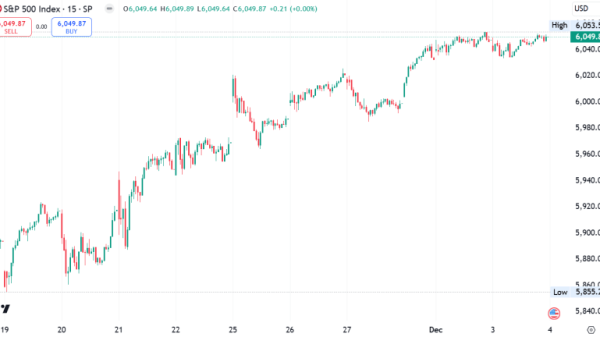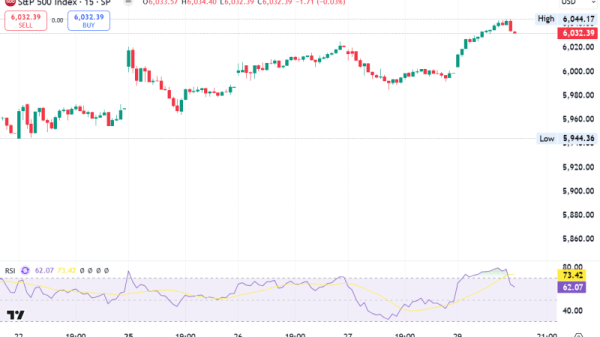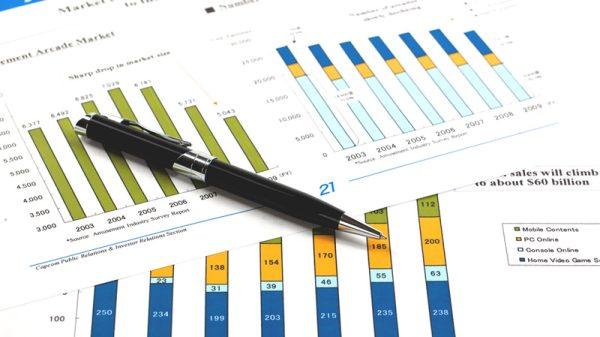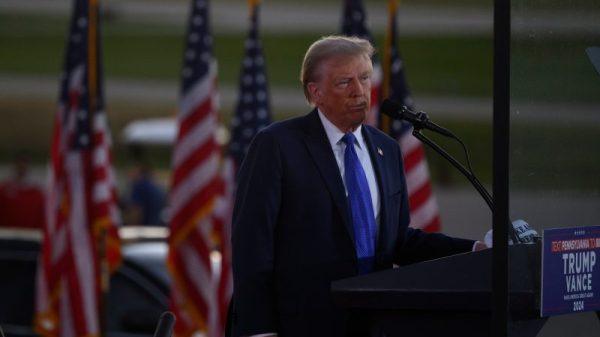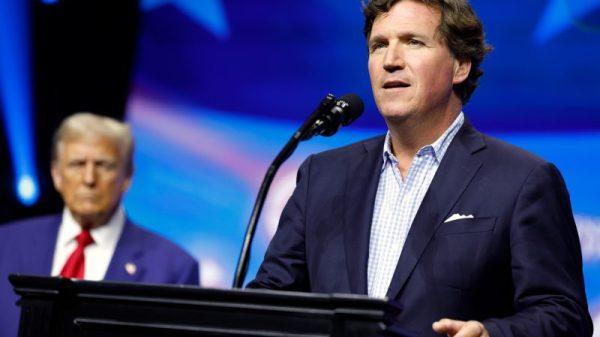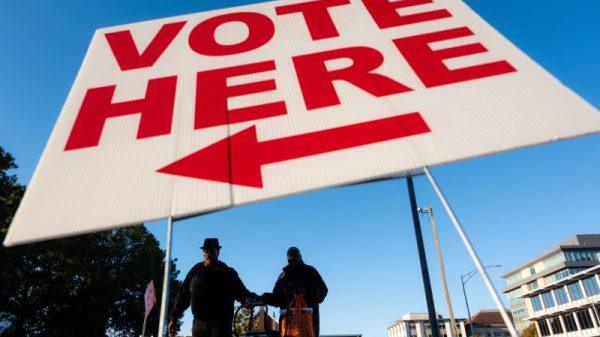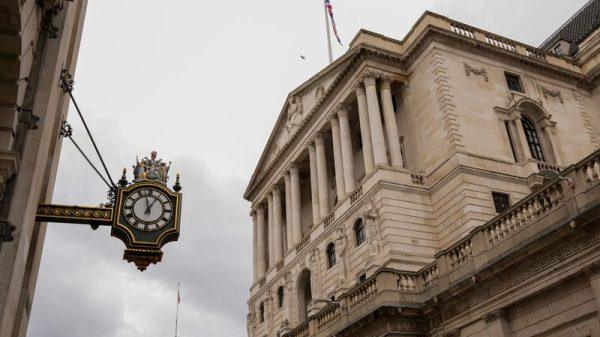By Vivek Mishra and Kevin Yao
BENGALURU/BEIJING (Reuters) – The United States could impose nearly 40% tariffs on imports from China early next year, a Reuters poll of economists showed, potentially slicing growth in the world’s second-biggest economy by up to 1 percentage point.
The poll, the first on China’s economy by Reuters since Donald Trump’s sweeping election victory on Nov. 5, also predicts that the President-elect will resist starting off with blanket 60% tariffs on Chinese goods.
Trump, who is due to take office in January, pledged during campaigning to slap hefty tariffs on Chinese imports as part of a package of “America First” trade measures, causing unease in Beijing and heightening growth risks for China.
Not only are the threatened tariff rates much higher than the 7.5%-25% levied on China during his first term, the economy is also in a much more vulnerable position given the prolonged property downturn, debt risks and weak domestic demand.
A poll of more than 50 economists by Reuters from Nov. 13-20 showed a strong majority, both in and outside mainland China, expects Trump to impose the tariffs by early next year, with a median estimate of 38% and projections ranging from 15% to 60%.
Most respondents said they do not expect blanket 60% tariffs on Chinese goods in early 2025 as this could accelerate inflation within the United States.
“We expect the new U.S. administration to bring back the original plan of Trump 1.0,” ANZ’s chief economist Raymond (NS:RYMD) Yeung said, estimating that the average tariff on Chinese goods could be raised by 32–37%.
Chinese policymakers, who have ramped up stimulus to spur growth since late September, face increased pressure next year to spur domestic demand to offset an expected drop in exports – a key growth driver this year, analysts say.
On the potential impact on China, the poll predicted that new U.S. tariffs would reduce China’s 2025 economic growth by around 0.5-1.0 percentage point.
For now, however, most of the economists polled have maintained their median growth forecasts for this year and 2025 at 4.8% and 4.5%, respectively, consistent with projections made before the U.S. elections. Growth is expected to slow further to 4.2% in 2026.
They are awaiting the Trump administration’s China trade policies, which could lead to potential downgrades in their outlooks.
“Exports will be a key pillar of growth as global demand holds up, though new U.S. tariffs could shave up to 1 percentage point off GDP growth,” said Mo Ji, chief China economist at DBS.
“Consumption will remain lacklustre due to wealth effects from falling property prices and rising unemployment. Infrastructure investment will drive a moderate fixed asset investment recovery, though private investment lags.”
MORE STIMULUS EXPECTED
A strong majority of economists, or 19 of 23 who responded in the poll, said the recent fiscal and monetary stimulus measures announced by the Chinese government have had little impact on the economy and more stimulus is needed. Only four said that these measures would boost economic growth.
Chinese authorities hope the burst of stimulus unveiled since late September would help the economy reach a government growth target of around 5% this year.
China is likely to unveil fresh stimulus measures in the coming weeks to help cushion the economy from any trade tensions with the United States, say analysts, who expect the economy’s slowing trajectory will continue despite policy support.
“We think the Chinese government still has time to monitor and react to the U.S. policy and its effect on China growth and then introduce policy responses at a later stage,” said Jian Chang, chief China economist at Barclays (LON:BARC).
Economists polled by Reuters have also lowered their consumer price inflation forecasts to 1.1% for next year and 1.4% for 2026, down from the previously expected 1.4% and 1.6% in the October survey.
The People’s Bank of China is expected to cut its key policy rate – the seven-day reverse repo rate – by 20 basis points to 1.30% early next year, with an additional 10 basis point reduction in the second half, according to the poll.
(For other stories from the Reuters global long-term economic outlook polls package:)
($1 = 7.2419 yuan)

